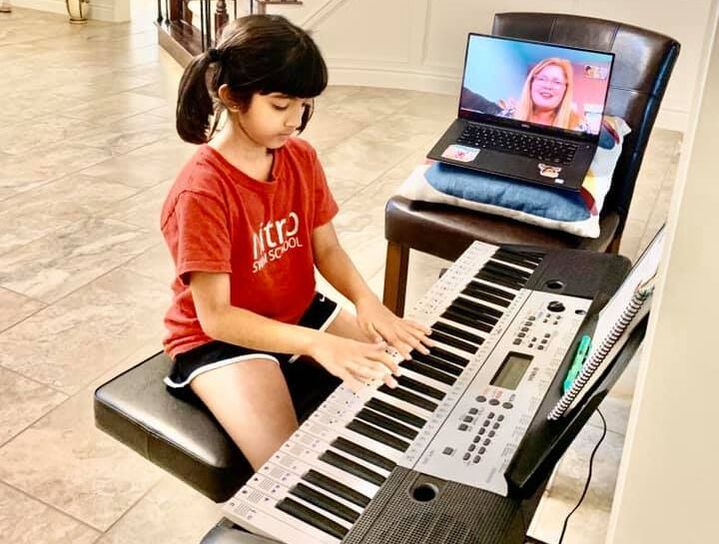Navigating the Renovation Trip: Comprehending the Value of Style, Capability, and Budget Plan in Home Renovations
The renovation trip is a complex procedure that requires a critical approach to design, capability, and spending plan. Each component plays a crucial role in shaping the last end result, with a distinct design vision establishing the stage for aesthetic allure, while practical analyses guarantee the space fulfills everyday requirements.
Defining Your Design Vision
Specifying your layout vision is a critical initial step in any type of home remodelling task, as it sets the foundation for all succeeding decisions. A well-articulated vision works as a roadmap, guiding options associated with style, materials, and capability. It is necessary to consider your personal aesthetic appeals, wanted environment, and exactly how each room will be used.
Begin by collecting inspiration from various sources, such as design magazines, online systems, and showrooms. online music lessons. Develop a mood board that envelops your vision, integrating colors, structures, and styles that resonate with you. This visual representation will certainly assist in clarifying your preferences, making certain consistency throughout the restoration

Eventually, a clear layout vision not only streamlines the decision-making process but likewise aids connect your concepts successfully to professionals and developers, promoting cooperation and making sure that the last result straightens with your expectations.
Evaluating Functional Needs
When beginning on a home renovation, recognizing your functional needs is important, as it straight affects the functionality and livability of the room. Begin by thoroughly examining how you and your household utilize your home. Recognize everyday regimens, lifestyle choices, and any certain needs that might influence area usage, such as accommodating children, senior member of the family, or regular visitors.
Take into consideration the circulation of motion within each area. Evaluate whether the existing layout supports efficiency or if modifications are needed to enhance ease of access and convenience of usage. An open-concept design might much better fit social interactions, while defined spaces could be advantageous for privacy.
In addition, review the storage space requires particular to your home. Reliable storage space services can substantially maximize capability, ensuring that important products are conveniently accessible yet nicely arranged. This may entail including built-in cabinetry, multi-functional furnishings, or marked spaces for pastimes.
Eventually, a detailed understanding of your functional demands not only forms the style yet also makes sure that the improvement meets the useful demands of your way of life, leading to a home that is both stunning and purpose-driven.
Setting a Realistic Spending Plan
Recognizing your useful needs lays the groundwork for establishing a reasonable spending plan for your home restoration. A distinct budget plan not only shows your job ambitions yet likewise lines up with your monetary ability.
Next, study standard expenses for materials, labor, and any type of necessary licenses in your location. Gather several quotes from service providers to make sure affordable rates. It's recommended to include a backup fund, commonly 10-20% of your overall spending plan, to accommodate unforeseen costs that may develop during the restoration process.
Eventually, preserving open communication with your professional about spending plan restraints is essential. By taking these actions, you can develop a reasonable budget that stabilizes your practical requirements helpful site with monetary obligation.

Harmonizing Visual Appeals and Functionality
While it is important to create a visually attractive space, attaining an equilibrium in between appearances and usefulness is important for effective home restorations. Property owners usually find themselves mesmerized by striking styles that might not offer their useful requirements. It is crucial to prioritize usability together with visual aspects to guarantee lasting complete satisfaction with the area.
This not only improves the longevity of the remodelling however also lowers upkeep expenses over time. Thoughtful formats that improve flow and accessibility can significantly boost the performance of the room.

Planning for the Unanticipated
Home restorations typically include a myriad of unpredicted obstacles that can interrupt even the most well-laid plans. online music lessons. From concealed architectural problems to unexpected delays in product shipments, these shocks can considerably influence both timelines and budget plans. To efficiently navigate these possible pitfalls, positive preparation is vital
First, it's crucial to allocate a backup budget plan-- usually 10-20% of the total improvement cost-- to attend to any type of unexpected expenses. This economic barrier enables higher adaptability when surprises emerge. In addition, preserving open interaction with specialists and vendors makes sure that all events understand possible concerns and can collaboratively develop options.
Moreover, take into consideration carrying out extensive pre-renovation inspections, which might reveal intermediate guitar lessons hidden troubles website here that might intensify during the project. Involving a qualified assessor can provide indispensable understandings, aiding to reduce threats.
Finally, stay adaptable. Flexibility in design options and timelines can minimize tension when obstacles arise. By preparing for the unanticipated and preparing appropriately, home owners can browse their redesigning trip with higher self-confidence, making certain that their vision is ultimately realized in spite of any type of bumps along the road.
Conclusion
To conclude, a successful improvement trip demands a thorough understanding of design vision, useful demands, and budget restrictions. By clearly defining aesthetic preferences, evaluating useful demands, and establishing a sensible economic framework, property owners can develop areas that are both aesthetically appealing and habitable. Balancing these aspects not only boosts the overall improvement experience but likewise guarantees that the last result lines up with personal style and satisfies everyday needs, ultimately bring about an unified living atmosphere.